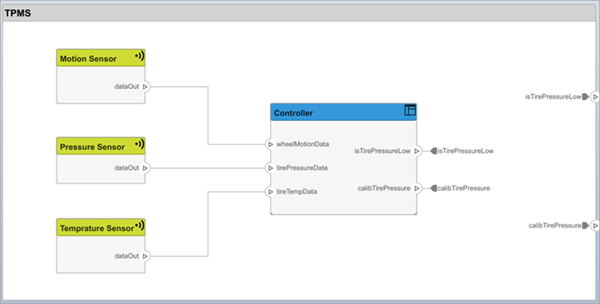systemcomposer.allocation.Allocation
Allocation between source element and target element
Description
An Allocation object defines the allocation between the source
element and the target element.
Related objects include:
Creation
Create two allocations between four elements in the default scenario, Scenario
1, using the allocate
function.
defaultScenario = allocSet.getScenario("Scenario 1");
defaultScenario.allocate(sourceElement1,sourceElement2);
defaultScenario.allocate(sourceElement3,sourceElement4);Properties
Object Functions
applyStereotype | Apply stereotype to architecture model element |
getStereotypes | Get stereotypes applied on element of architecture model |
removeStereotype | Remove stereotype from model element |
setProperty | Set property value corresponding to stereotype applied to element |
getProperty | Get property value corresponding to stereotype applied to element |
getPropertyValue | Get value of architecture property |
getEvaluatedPropertyValue | Get evaluated value of property from element |
getStereotypeProperties | Get stereotype property names on element |
hasStereotype | Find if element has stereotype applied |
hasProperty | Find if element has property |
destroy | Remove model element |
Examples
More About
Version History
Introduced in R2020b
See Also
Tools
Blocks
Objects
Functions
systemcomposer.allocation.createAllocationSet|systemcomposer.allocation.load|systemcomposer.allocation.open|systemcomposer.allocation.editor|close|systemcomposer.allocation.AllocationSet.closeAll|systemcomposer.allocation.AllocationSet.find|save|rebindSourceModel|rebindTargetModel|synchronizeChanges|createScenario|deleteScenario|getScenario|allocate|deallocate|getAllocation|getAllocatedFrom|getAllocatedTo|destroy

